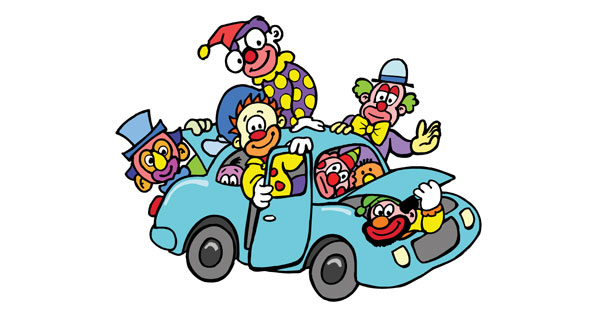(Circus acts)
(Circus acts)
(Circus Food)
IOLN
LION
The first lion tamer to make it big in the UK was Isaac Van Amburgh. Born in Fishkill, New York State, Van Amburgh toured Europe between 1838 and 1845 and achieved notoriety for his performances with big cats. His act included introducing a lamb into the lions’ cage and inserting his head into the mouth of his largest lion. Queen Victoria, a big fan of Van Amburgh’s, commissioned a famous portrait of the lion tamer by the artist Edwin Landseer.
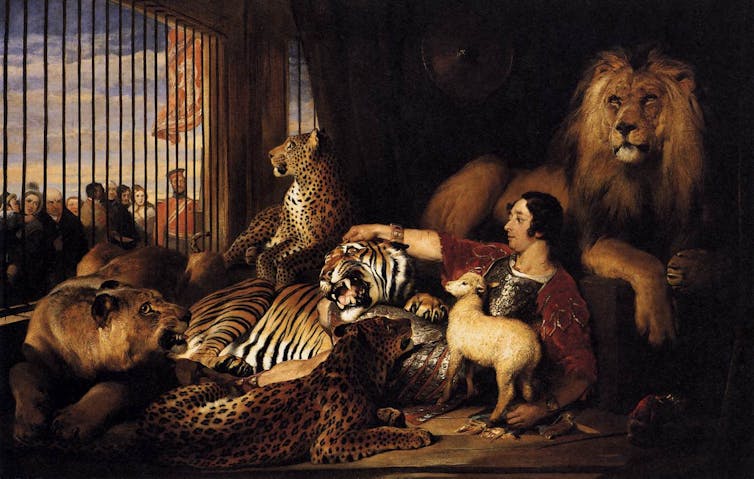

https://www.youtube.com/watch?v=IsJD1DGMNoA
(12: 50)
https://www.youtube.com/watch?v=DzTkhsnjmLs
https://www.youtube.com/watch?v=VKaMIOVNz6k
TOH ODG
HOT DOG

The oldest record of juggling was found in:
A) Greece
B) Egypt
C) France
B) Egypt
The oldest known depiction of juggling was found in the Beni-Hassan tombs from the middle-kingdom of the ancient Egyptian civilization. These women jugglers were found amongst acrobats and dancers in one of the crypt's wall paintings.
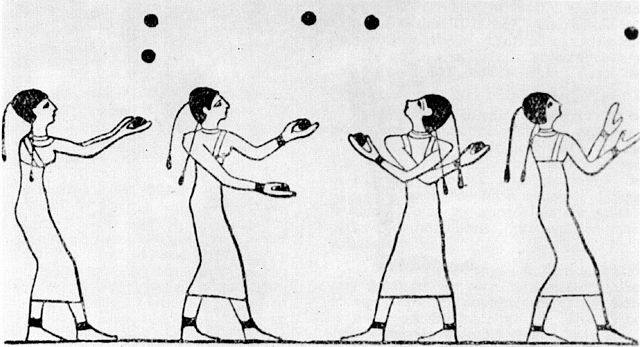
However, between the fourth and fifth centuries B.C. many jugglers began appearing in Greek art, usually as pottery decoration. Juggling was considered a form of recreation by the Greeks and many of its practitioners were women.
TRUE OR FALSE:
Animals were first introduced to theatre before the circusTRUE!
While we think of elephants as circus stalwarts, they actually became popular in an arena a little more sophisticated.
In 1829, a play called "The Elephant of Siam" was performed at the Adelphi in London and later toured the country. It featured a trained elephant that went by the rather hoity-toity name of Mademoiselle D'Jeck. Mlle D'Jeck was trained to complete a number of actions — ring a bell and steal a crown with her trunk, then place it on someone's head. This bit of theatre was quite popular, and soon other circus promoters began advertising elephants that performed tricks in the ring, as well.
But it wasn't just elephants: Trained lions were first used on the stage in breathtaking productions. Queen Victoria was in the audience for some of them, which ignited the public's appetite for performing cats.

What is tossing and catching of balls over and over again called?
Juggling
TRUE OR FALSE:
Circus performers consider eating peanuts backstage bad luck.
TRUE!
LCOWN
CLOWN
Clowns have been an important part of culture since Anicent greece.
One of the longest ever running clown show's is Slava's snow show, which has been running since 1993. What started off as a one man show is now a musical extravaganza.
Slava's snow show:
https://www.youtube.com/watch?v=ld3dAeFg-JM
Patch Adams:
UTSPEAN
PEANUTS

The first Trapeze act came to Jules Leotard while:
A) relaxing in a swimming pool
B) At the zoo watching monkeys
C) Riding a horse
A) relaxing in a swimming pool!
During the summer of 1856, a French young gymnast named Jules Leotard had a moment of inspiration while relaxing in his father’s indoor swimming pool. He noticed a line of ropes hanging from the ceiling and attached a horizontal bar to create a makeshift chin-up bar.
Being an experienced gymnast, Jules began executing numerous acrobatic acts over the safety of his swimming pool. Later that year, he presented the first trapeze act ever in Toulouse, his birth town, using mattresses stuffed with hay for safety.
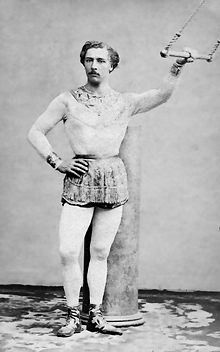
What snack can you feed an elephant?
A) Apples
B) Hot Dogs
C) Peanuts
What is a bike with one wheel?
A unicycle
TRUE OR FALSE:
Circus perfomers beleived it is bad luck to wear the colour blue on a Friday Show.
POOPRNC
POPCORN

The Word clown comes from:
A) The Spanish word "cabezón" which means pigheaded.
B) Icelandic word “klunni” which means “a clumsy person”.
B) Icelandic word “klunni” which means “a clumsy person”.
The first known clowns date from the time of the Fifth dynasty of Egypt, around 2400 BC. Later civilizations also knew about clowns. Early clowns were also priests, and their roles were almost inseparable. Clowns of ancient Greece were bald and wore padded clothes to appear larger.
Ancient Roman clowns wore pointed hats and were the butts of the jokes.
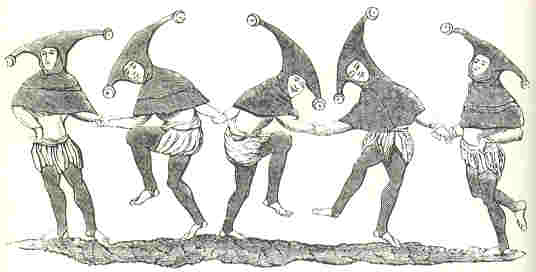
Italian commedia dell'arte of the 16th century introduced masked characters Arlecchino (Harlequin) and Pierrot (Pirouette).

Dumbo the elephant can:
A) Sing opera
B) Arm Wrestle
C) Fly
What silly sea animal like to put balls on their nose?
TRUE OR FALSE:
Circus Performers carry hair from an elephant's tail in their pocket for good luck.
True!
The elephant hair bracelet traces its origins back to various African cultures, where it has been worn for centuries as a symbol of luck, strength, and wisdom. Elephants are highly revered in many African societies, admired for their size, strength, intelligence, and longevity.
GUJGLNGI
JUGGLING
Juggling has also been around since anicent times. Who knew throwing and catching could get so complicated and impressive?
OTTONC DANCY
COTTON CANDY

Sword swallowing originated in:
A) Anicent India
B) Ancient Egypt
C) Ancient Mexico
Anicent india
Sword swallowing is an ancient skill that originated in India around 2,000 B.C. In India, sword swallowing was used by shaman priests and other religious figures to demonstrate their power and connection with their gods
It spread to Greece and Rome in the 1st century AD, and to China in the 8th century. It became a popular circus act in Europe in the late 19th century, and was a feature of the 1893 Chicago World's Fair
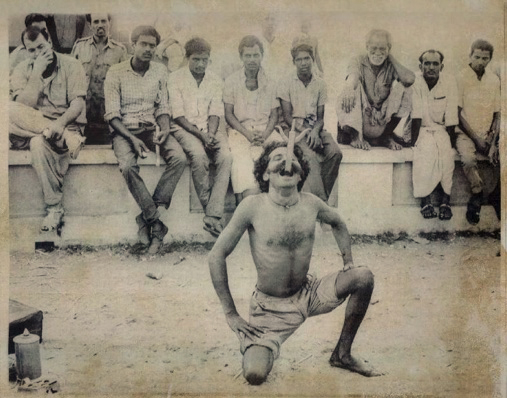
Around the turn of the 20th century, a show promoter from Flint, Mich., carried a traveling show from state fair to state fair called:
A) Bear Gynmastics
B) The Pigeon and Cat Clown Act
C) The Dog and Monkey Hotel
C) The Dog and Monkey Hotel

Around the turn of the 20th century, a show promoter from Flint, Mich., carried a traveling show from state fair to state fair. It featured the Don Carlos Dog and Monkey Hotel. Newspapers from Kentucky to Oklahoma to Texas raved about the spectacle. "A miniature hotel on the stage is operated entirely by monkeys and dogs," the Eastern Utah Advocate reported on Aug. 28, 1913, "and romances and disagreements with police interference and the ultimate removal to jail and the trial of all wonderfully enacted and the audience is sent into spasms of laughter by the antics of the educated animals."
What circus food made of dough, has loops, and salt is on top?
Soft Pretzel!
TRUE OR FALSE: Most circus performers hate clowns. They are known for always getting in the way, pulling pranks, and messing up the show.
FALSE.
ROCABACITS
ACROBATICS
What is considered acrobatics?
acrobatics, (Greek: “to walk on tip-toe,” or “to climb up”), the specialized and ancient art of jumping, tumbling, and balancing, often later with the use of such apparatus as poles, one-wheel cycles, balls, barrels, tightropes, trampolines, and flying trapezes.
ORNC OGDS
CORN DOGS

Contortionism, a performance of bending the body in difficult an unnatural ways, comes from:
A) Spain
B) China & Mongolia
C) Sweden
B) China and Monologia
The art of contortion originated in China and Mongolia, two regions still home to some of the world's most skilled and flexible performers. The art form was first showcased in traditional Buddhist Tsam dances and in some Mongolian plays and productions.
TRUE OR FALSE:
Many Circus animals develop arthritis and other joint problems.
True!
Most animals in circuses spend around 11 months a year on the road, in box cars and cramped. Because they don't move enough, they develop arthritis and other joint problems.

This funny person wears makeup and can fit into a small car with a lot of others?
TRUE OR FALSE:
No whistling in circus tents
TRUE!
Back in the day, the riggers who hung everything inside the bigtop communicated by whistling. If someone else entered the tent whistling, it could have been misinterpreted as a cue. Fitting in with our nautical theme, this tradition came from sailing ships where riggers often worked before coming to circuses.
INRG ASMRET
RING MASTER
A ringmaster is a person who manages and introduces performers in a circus, or more generally, a supervisor or moderator of a performance or presentation .
OFTS RETZPEL
SOFT PRETZEL
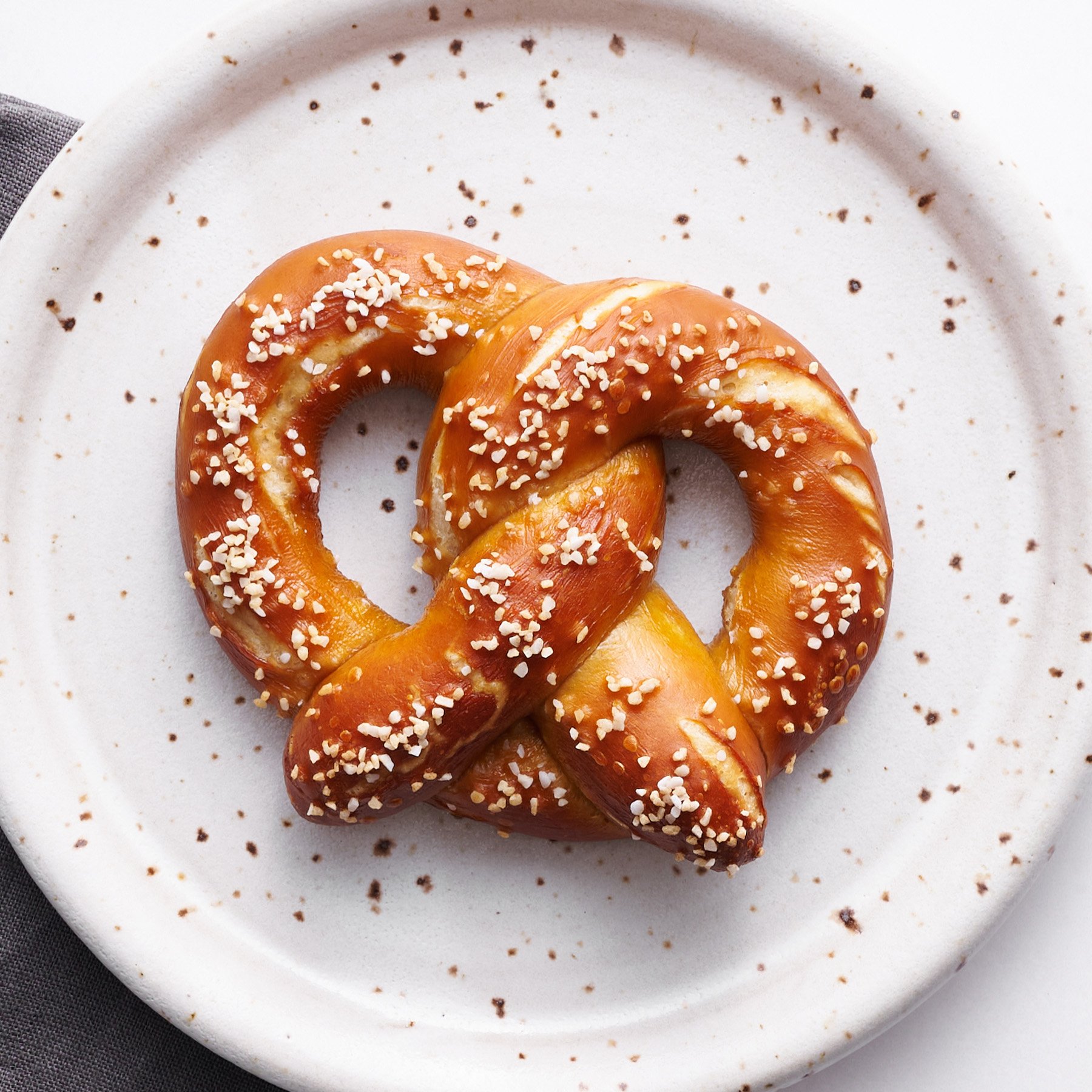
Which of the following is the newest addition to the circus:
A) Juggling
B) Clowns
C) Aeriel silks
C) Aeriel Silks
Aeriel Silks is a relatively new tradition, originating in the late 1950's, in which a French circus claimed to be its birthplace, as performers were encouraged to come up with fresh ideas to entertain audiences.
A flea circus is:
A) Nothing. It doesn't exist
B) A real circus act performance by fleas
C) A circus act performed by short people.
B) A real circus act performance by fleas
A flea circus is a miniature circus where “performers” are fleas. It is usually a circus sideshow attraction, and fleas typically perform on a small model of a circus.
The first recorded performance of fleas was in 1578 when Mark Scaliot, a watchmaker, made a tiny golden chain along with a tiny lock. The lock and chain were so small and light that a flea could pull them. Another record says that in 1742 Mr. Boverick, a watchmaker of the Strand, made a small coach made of gold with all the details and in the harnessed fleas that pulled the coach.
![]()

Video:
TRUE OR FALSE:
In a sword swalling performance, performers actually swallow swords up to 58 cm (more then half a meter)
TRUE!
The Guinness World Record for the longest sword swallowed is 22.83 in (58 cm), set by Natasha Veruschka in 2009.
Sword swallowing is a real skill that involves using mental techniques to override the body's natural reflexes to gag, retch, and peristalsis. Sword swallowers must practice for a long time to control these reflexes and condition their pharynx. While sword swallowing usually isn't very painful, it can be uncomfortable and make your eyes water.
Video:
https://entertainment.howstuffworks.com/arts/circus-arts/10-weird-facts-about-circus.htm
Green costumes were considered bad luck
TRUE.
Green costumes are considered bad luck in the circus due to a superstition that originated from the death of a famous aerialist:
- Lillian Leitzle: The world-renowned aerialist died after falling while performing in a green costume. Her fellow performers noted the color of her costume and green became a taboo in the circus.


